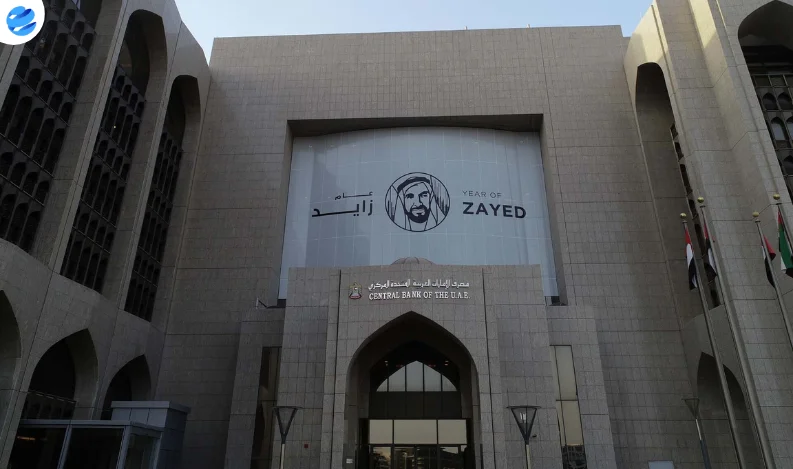New Delhi: A 4.0-magnitude earthquake struck Delhi and its neighboring cities early Monday morning, causing panic among residents and forcing people to evacuate high-rise buildings. The tremors, which were felt across North India, led many to claim they had never experienced such strong shaking before.
According to the National Center for Seismology (NCS), the earthquake occurred at a depth of 5 km with its epicenter near Durgabai Deshmukh College of Special Education in Dhaula Kuan.
PM Modi’s Response: Stay Calm, Follow Safety Protocols
Following the tremors, Prime Minister Narendra Modi addressed the public on X (formerly Twitter), urging residents to stay calm and follow safety guidelines.
"Authorities are closely monitoring the situation. Please remain alert for possible aftershocks and follow necessary precautions," he said.
Residents Panic, Evacuations Reported
- Many residents in Noida, Greater Noida, and Ghaziabad rushed out of their homes after witnessing buildings shake.
- A passenger at a railway station reported feeling as if "a train was running underground."
- Videos from affected areas showed people gathering in open spaces, concerned about aftershocks.
Why Delhi Faces High Earthquake Risk
Delhi is classified as part of Seismic Zone IV, an area prone to moderate to high-intensity earthquakes. According to the Delhi Disaster Management Authority (DDMA), earthquakes in this zone generally range between 5 to 6 magnitude, with some reaching 7 or higher.
Past earthquakes in Delhi:
- 1720 – One of the earliest recorded earthquakes above 5.5 magnitude.
- 2020 – Three earthquakes above 3.0 magnitude, followed by multiple aftershocks.
- May 29, 2020 – 4.4-magnitude quake near Rohtak triggered panic in Delhi.
Geological Explanation: The Delhi-Hardwar Ridge
The seismic activity in Delhi is linked to the Delhi-Hardwar Ridge, a major geological structure that extends beneath the alluvial plains of the Ganga basin towards the Himalayas.
Additionally, the collision of the Indian tectonic plate with the Eurasian plate generates stress accumulation, which, when released, causes earthquakes.
Concerns Over Delhi’s Infrastructure
A SWOT analysis by the National Disaster Management Authority (NDMA) highlighted that Delhi’s vulnerability is worsened by:
- Non-earthquake resilient buildings
- High population density
- Unplanned and unsafe structures
Authorities have urged residents to remain vigilant and follow official advisories in case of further tremors. Emergency services remain on high alert, with Delhi Police and disaster management teams monitoring the situation closely.























